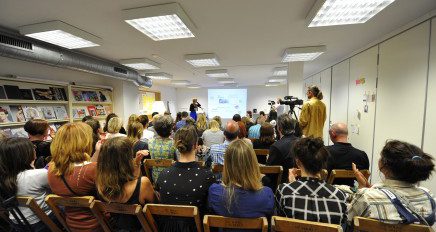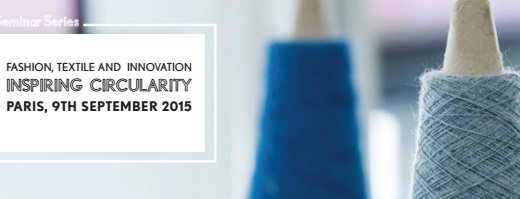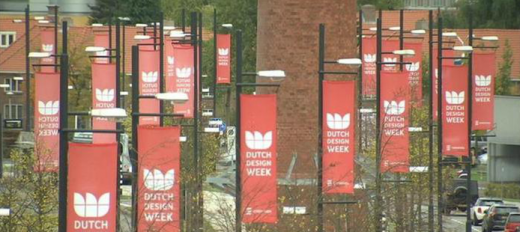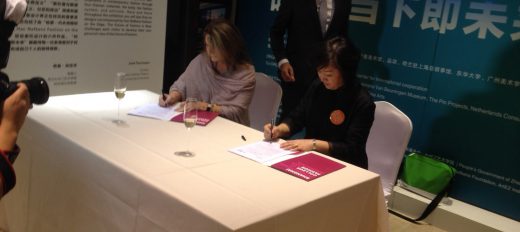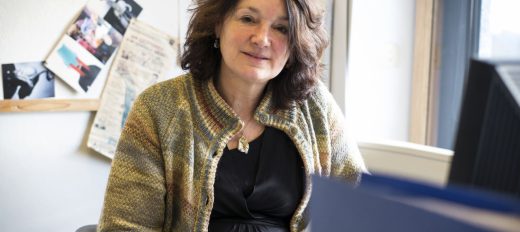FUTURE MAKERS 2019 – recap
14/06/19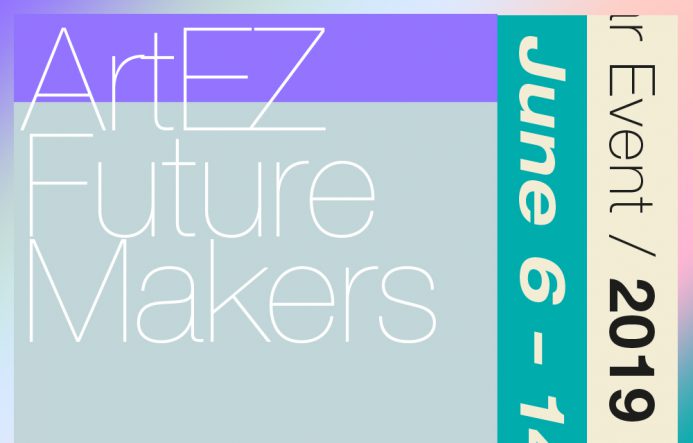
On June 6, Future Makers, the Center of Expertise of ArtEZ, organized their annual public meeting. The purpose of this meeting was to bring the various research projects of Future Makers to the attention of – and discuss them with – researchers, creative professionals, designers and entrepreneurs. The meeting attempted to demonstrate that creative methodologies and asking provocative questions lead to new insights, radical ideas and challenging design projects.
Introduction
The meeting was introduced by Nishant Shah (Dean Graduate School ArtEZ). In his video message, he emphasized the importance of research and experimentation for an art college, and in particular for ArtEZ. He indicated that the projects presented during the year event fit into a more socio-political agenda that he and the Executive Board of ArtEZ strive for, whether it is about the emotional relationship of consumers and their clothing or the precarious living situations of citizens. Shah explained the framework of the meeting in which the first speaker did not come from the ArtEZ context but rather presented a working method that is described as inspiring for Future Makers. Someone who carries out a type of research that Future Makers strives for.
Keynote lecture
That was the keynote lecture of the Brazilian multi-disciplinary artist and researcher Ivan Henriques. Henriques investigates living systems via multimedia installations. In his works he investigates hybrid forms of nature and (technological) culture that create new forms of communication between people and other living organisms. Henriques regards nature as an inspiration and a necessary factor in the development of the technological world. With his lecture Henriquez gave an enthusiastic and inspiring kick-off for the event.
After the keynote reading, Future Makers presented three own projects that illustrate the wealth and breadth of Future Makers; the center realizes research-by-design project in the field of new materials, circular creative processes and socially engaged projects.
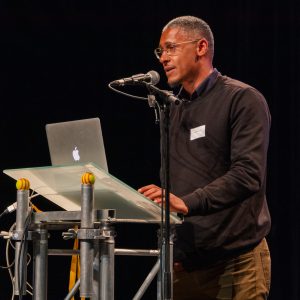
Designing for Precarious Citizens.
The first project that was presented was the Designing for Precarious Citizens project. This is a research-by-design project that takes as its starting point the work of the Dutch architect Johan Niegeman. Niegeman was convinced that designers should always work for the most precarious groups in society and that designers should do that with the most advanced techniques.
n the project three contemporary designers start with Niegeman’s ideas to translate them into contemporary society. Artist Giuditta Vendrame, interaction designer Klasien van de Zandschulp and speculative designer Frank Kolkman all developed an installation aimed at three completely different precarious groups. During the year event, the project was introduced by Professor of Product Design and Interior Architecture Jeroen van den Eijnde, after which one specific project was highlighted, the Hey Honey! from interaction designer Klasien van de Zandschulp. She investigated how we ourselves increasingly belong to a precarious group with the growing automation of our own house.
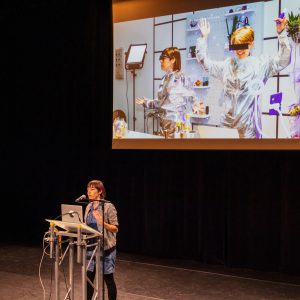
Emotional Durable Design
Then it was the turn of lecturer Fashion Daniele Bruggeman who explained the Emotional Durable Design project. Sustainability and the circular economy are important themes in the textile and clothing chain and more and more companies want to play a role in the transition to a circular fashion system. The starting point here is that the current linear disposable system is untenable and that an alternative system must be developed in which the reuse of raw materials, products and materials is central.
The Emotional Sustainable Design project takes a different position in this discussion than is normally assumed. The project is investigated not from the materiality but from the emotional relationship with clothing. It is of great importance to emphasize the emotional value and cultural significance of fashion, consumer behavior and thus the social aspects of sustainability in research into sustainable textiles and fashion. The current research is expected to be a decisive factor in the acceptance of sustainable fashion by consumers. The research focuses specifically on the Dutch textile company Vlisco, which has been designing and producing fabrics for the West African market since 1846. The profound embedding of the Vlisco brand in African culture and identity shows how strong the ’emotional sustainability’ of fashion can be. The idea is to ‘upcycle’ leftover fabrics from Vlisco into new quality products through design research. The hypothesis is that this development will provide more insight into and knowledge about ’emotional sustainability’ in the African context, based on the great emotional value of the Vlisco fabrics for African consumers.
The Future of Living Materials
Finally, the presentation by designer Tjeerd Veenhoven about the project The Future of Living Material. This project researches and develops new ‘living’ materials (eg bio-based materials, textile from micro-organisms, etc.) for a future transition to a sustainable (fashion) system and a circular society. The project
connects fashion and product designers who deal with artistic research with scientists and master students from Wageningen University & Research (WUR). In various laboratory projects they jointly develop new, sustainable materials – in particular in the field of fashion and design – in order to at the same time achieve a new imagination and aesthetic that is essential for the transition to a circular economy and society.
Veenhoven is one of the participating designers and he presented not only his own project but also a few other projects of participants. He ended his presentation with some general thoughts and recommendations that indicated that in the current context of all the social, environmental, economic and political problems of the current fashion and product design industry, it is necessary to be more ethical with materials to go and continually question their value and meaning.
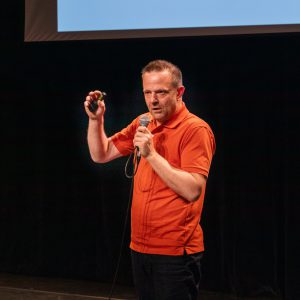
The afternoon ended with a reflection on the meeting. The first reflector was Alice Twemlow, Lector Design KABK The Hague, who mainly tried to emphasize the parallels around new materials and complimented Future Makers for the quality and diversity of projects. As a second – and last – reflector, Peter Joore, Professor of Open Innovation at NHL Stenden University of Applied Sciences, summarized the afternoon to thank the public with a few edifying words and to invite them to continue discussing these topics during drinks.
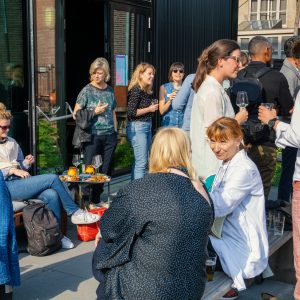
Future Makers 2019 was held under the banner of NL NextFashion & Textiles and Powered by ClickNL and was also made possible by NWA.
 Facebook
Facebook Instagram
Instagram

